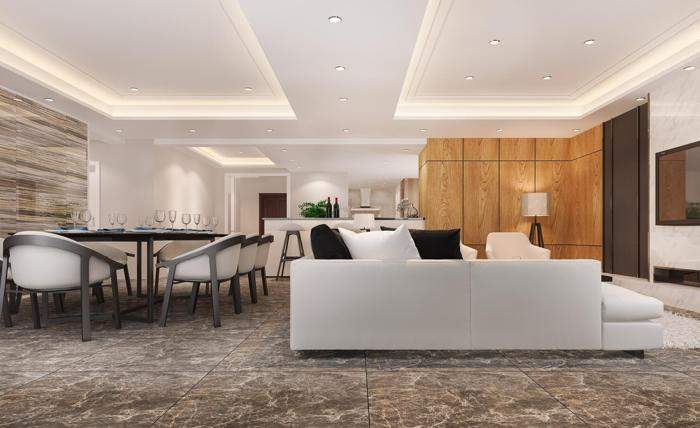
Gone are the days when flipping a switch meant settling for harsh, unchangeable lighting. Smart bulbs have emerged as game-changers in residential lighting design, offering homeowners unprecedented control over their living spaces. These innovative devices combine cutting-edge technology with practical functionality, transforming how we illuminate our homes.
Whether you’re renovating your entire house or simply looking to upgrade a few fixtures, smart bulbs provide an accessible entry point into modern lighting solutions. They’re reshaping residential lighting design by putting personalization and efficiency at the forefront of home illumination.
The Triple Benefits of Smart Bulbs
Energy Efficiency That Actually Matters
Smart bulbs consume significantly less electricity than traditional incandescent bulbs, with many LED smart options using up to 80% less energy. Beyond the immediate cost savings on your electricity bill, these bulbs last considerably longer—often 15 to 25 times longer than conventional bulbs. This longevity reduces waste and the frequency of replacements, making them an environmentally conscious choice for modern residential lighting design.
Customization at Your Fingertips
The real magic happens when you realize you can adjust virtually every aspect of your lighting. Brightness levels can be dimmed to create intimate dinner settings or brightened for focused work sessions. Color temperatures can shift from warm, cozy amber tones in the evening to crisp, energizing daylight during morning routines. Many smart bulbs offer millions of color options, allowing you to match lighting to seasons, moods, or special occasions.
Convenience Through Technology
Voice activation through platforms like Alexa or Google Assistant means never fumbling for switches in the dark again. Remote control via smartphone apps lets you adjust lighting from anywhere—perfect for arriving home to a well-lit house or ensuring you don’t leave lights on while traveling.
Room-by-Room Smart Lighting Applications
Living Room Ambiance
Your living room serves multiple purposes throughout the day, and residential lighting design should reflect this versatility. Smart bulbs excel here by offering preset scenes for different activities. Movie night might call for dim, warm lighting that doesn’t compete with your screen, while hosting guests could benefit from brighter, more welcoming illumination.
Consider installing smart bulbs in floor lamps, table lamps, and overhead fixtures to create layered lighting options. This approach allows you to highlight architectural features, artwork, or create cozy conversation areas with just a few taps on your phone.
Bedroom Relaxation
Sleep quality depends heavily on proper lighting management. Smart bulbs in the bedroom can gradually dim throughout the evening, supporting your natural circadian rhythm. Blue light filtering features help prepare your mind for rest, while gentle wake-up routines can replace jarring alarm clocks.
Kitchen Functionality
Kitchen tasks demand different lighting throughout the day. Bright, focused lighting helps with food preparation and cooking, while softer illumination creates a more relaxed atmosphere for casual meals or morning coffee.
Smart bulbs can provide task lighting over work surfaces during cooking times and switch to ambient lighting during meals. Under-cabinet smart lighting strips can illuminate countertops without creating harsh shadows, improving both functionality and safety in your kitchen workspace.
Integration with Home Automation Systems
Smart bulbs truly shine when connected to broader home automation ecosystems. Motion sensors can trigger lights as you enter rooms, while door sensors can automatically illuminate pathways when you arrive home after dark. Integration with smart thermostats allows your lighting to work alongside temperature control for optimal comfort and energy efficiency.
Security integration adds another dimension to residential lighting design. Smart bulbs can simulate occupancy when you’re away, cycling through different rooms at realistic intervals to deter potential intruders. Some systems can even flash lights in response to smoke detectors or security alerts.
Conclusion
Smart bulbs represent more than just technological advancement—they’re reshaping how we think about residential lighting design. The combination of energy efficiency, personalization options, and seamless integration with modern lifestyles makes them an increasingly essential component of contemporary homes.



